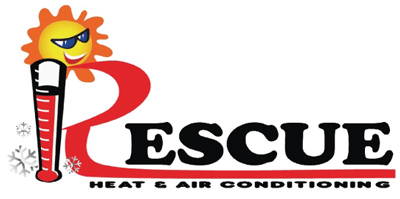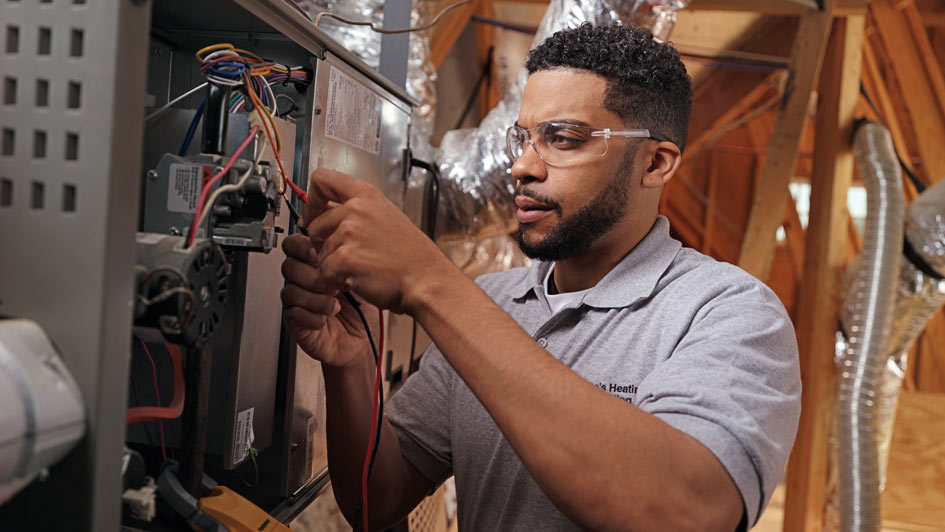Blog
About Rescue Heating & Air
At Rescue Heating & Air , your home comfort is our top concern. That’s why we supply dependable HVAC solutions and quality work in Alice. Our professionals are skilled in a full variety of services, so you can feel confident in your results. They’ll give the assistance you need, whether it’s adding an up-to-date HVAC system or repairing and maintaining your present unit. We’re ready to assist with all of your needs, so ring us at 361-265-4371 or contact us online to schedule an appointment today.
Rescue Heating & Air
2646 FM 3376
Texas, TX 78332
Phone: 361-265-4371
Email: [email protected]
License # TACLA39769C
© 2024 Rescue Heating & Air | All rights reserved








